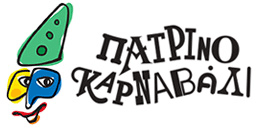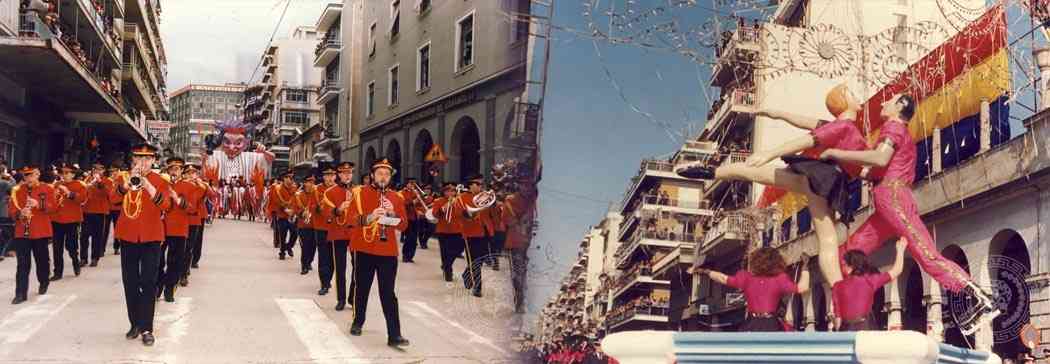The Carnival of Patras is a challenge for various activities by their nature can reverse moods and stereotypes. Outstanding ability to convert grimace to smile, inspiration to creation, artistic concern in original and imaginative events, fair play, cheerfulness, unselfishness and spontaneous voluntary activity grafted all ages in the magical experience of participation.
The Carnival is a hive of joy, new ideas, spontaneous expression and creative outlet for those who taste a bit of honey.
It is the largest carnival event in Greece, and one of the major carnivals in Europe where they grow dozens of spectacular and impressive happenings, theatrical performances, dances, parades and games from the day of the Opening Ceremony until the Closing Ceremony.
The Beginning
The historical researcher Nikos Politis identifies the first carnival events in the 19th century were mainly balls in homes and public dances. These dominated the Greek city dances, but the European season, such as polka, mazurka, waltz and quadrille. The first carnival dance was given in 1829 in the house of Patras merchant Moreti. In the popular neighborhoods of the city but things were simpler and more spontaneous and much later came the first boules, the carousel, the teasing and mocking approach situations and events.
Investigated whether the carnival events of that time were influenced by the presence of French troops of General Maison, who parked for a while in Patras immediately after the liberation from the Turks.
The union of the Ionian Islands with Greece in 1864 led to the establishment in Patras Ionian many, who in the progressive spirit and their songs in the few taverns of the harbor and the old town, influenced the development of the carnival. Special contribution in shaping the character of the Carnival, was the city’s port and contacts developed by Patras in the West, especially with the neighboring Italy and the famous carnivals. This explains quite a western Mediterranean and features of the Carnival.
The First Steps
During the economic growth of the city – the 1870s – the first carnival floats, while the brand new Municipal Theatre “Apollo” is reserved for accomplishing the first public carnival balls.
During the Belle Époque, especially the first decade of 1900
Carnival begins to acquire identity, and for the first time take part in it, people from all social classes. Then avgopolemos ( fight with wax eggs) filled with confetti, which is considered the forerunner of today sokolatopolemou (fight with chocolates).
Here’s a sluggish period because of the Balkan Wars, the First World, of ethnic division and the Asia Minor disaster and the recovery observed soon after, with the best moments in the years 1938 and 1939 stopped the period of German occupation and the civil war from 1940 to 1950 where the events captured.
Post-War Period
The revival of the Carnival is placed in 1951 with chorus “Orpheus” and “Patraiki mandolin” take the lead in its organization. Since 1952 the organization of the Carnival takes over the Patras Municipality.
The 1964 Carnival cancelled because Paul King’s death.
In 1966, a new team game occurs, the Hidden Treasure, which takes place a few masquerades with cars. It is the classic scout navigation game. The next year we had the first costumed cars.
The 1980 Game of Treasure Hunt with the crews and t chariots for the first time included the Grand Parade Sunday are a catalyst in shaping it, giving the size, diversity, vitality, and vigor.
Modern times
It is characterized by a sustained increase in participation in the carnival events. The Carnival in the modern form of creatively extending throughout the carnival period from the Opening Ceremony until the Closing Ceremony with a variety of events, including dances, parades, Game Hidden Treasure, the Carnival of Children, the Bourboulia, street theaters , exhibitions, artistic activities, concerts, etc. Culminates the last weekend with night parade of crews Saturday and impressive big parade of floats and Sunday. The curtain falls with the spectacular burning of the King Carnival in the Closing Ceremony at the port of St. Nicholas.
The events of the Carnival organized by the Development Company of the Munici












